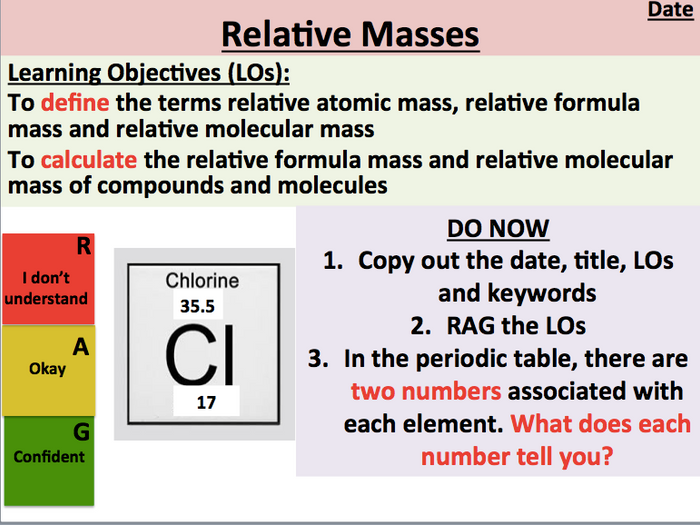

There are two reasons for the difference between mass number and isotopic mass, known as the mass defect:

For example, 63 Cu (29 protons and 34 neutrons) has a mass number of 63 and an isotopic mass in its nuclear ground state is 62.91367 u. For other isotopes, the isotopic mass usually differs and is usually within 0.1 u of the mass number. One unified atomic mass unit is approximately the mass of one nucleon (either a single proton or neutron) and is numerically equivalent to 1 g/mol.įor 12C the atomic mass is exactly 12u, since the atomic mass unit is defined from it. It is the carbon-12 atom, which, by international agreement, has been assigned a mass of 12 atomic mass units (u).

One atomic mass unit is equal to 1.66 x 10 -24 grams.īesides the standard kilogram, it is a second mass standard. The unit of measure for mass is the atomic mass unit (amu). For example, the most common isotope of carbon is carbon-12, or 12C. The mass number is written either after the element name or as a superscript to the left of an element’s symbol. The mass number is different for each different isotope of a chemical element. The total number of protons and neutrons in the nucleus of an atom is called the atomic mass number (or the mass number) of the atom and is given the symbol A. Since electrons are almost massless (in comparision to the nucleons), the total number of protons and neutrons in the nucleus of an atom determines the atomic mass.


 0 kommentar(er)
0 kommentar(er)
